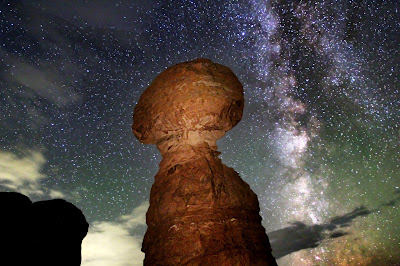"Whenever we want to watch an eclipse of the Sun
we set out basins filled with oil or pitch,
because the heavy liquid is not easily disturbed
and so preserves the images it receives."
-- Seneca (Roman, 1st century AD)
There are some some photos which I did before solar eclipse, just for testing, Canon 60Da, Celestron Nexstar 4SE, Coronado SolarMax II 60.
 |
| Waiting Total Solar Eclipse 2017 - Celestron Nexstar 4SE Canon 60Da |
 |
| Cloudy Sun - Celestron Nexstar 4SE Canon 60Da - Testing for Solar Eclipse 2017 |
 |
| H Alpha Sun - Coronado SolarMax II 60 Canon 60Da - Testing for Solar Eclipse 2017 |
 |
| Single Sunspot Astrophotography - Celestron 4SE Canon 60Da - Testing for Solar Eclipse 2017 |
 |
| Perfect Sun without Sunspots - Coronado SolarMax II 60 Canon 60Da - Testing for Solar Eclipse 2017 |





























